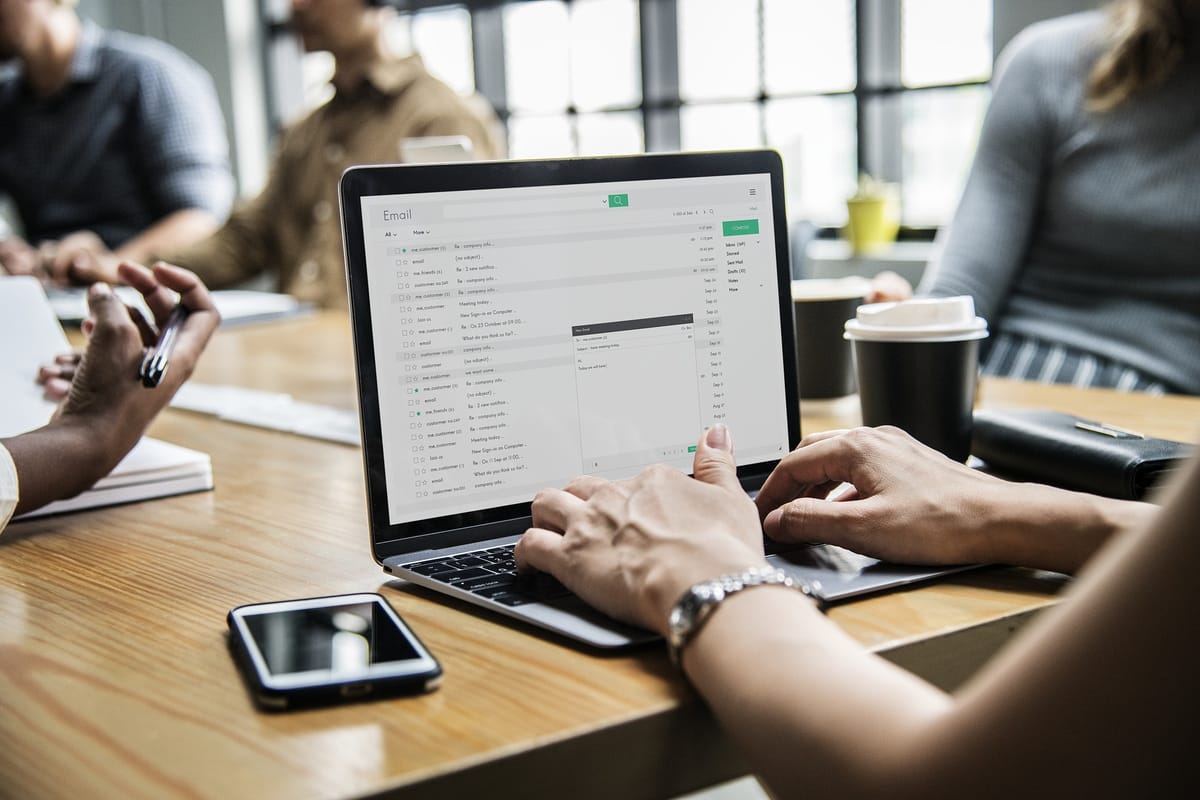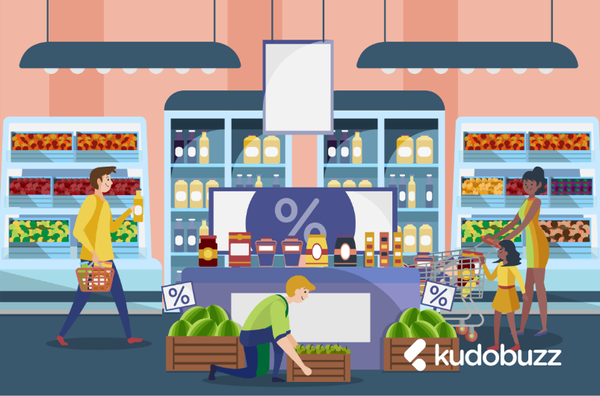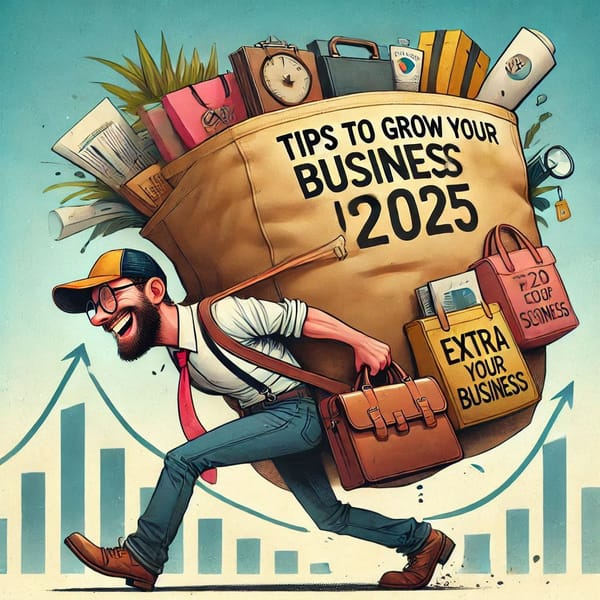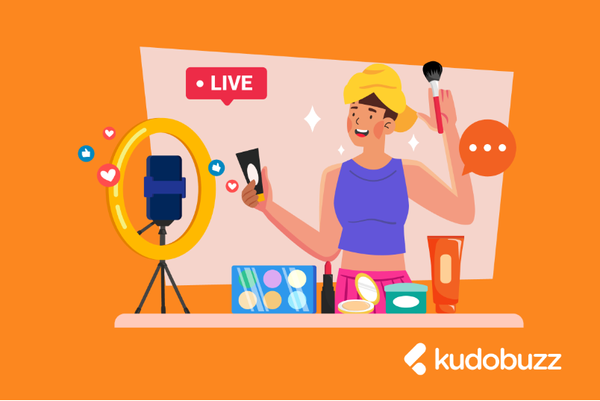Email marketing is a strategy that goes back years – as far back as 1978 to be precise when Gary Thuerk sent the first mass marketing email promoting DEC machines to 400 subscribers (resulting in sales worth $13 million).
Though the novelty of email marketing has worn off somewhat since then, for recipients at least, it’s still a powerful marketing channel today. However, how does it compare to Facebook Messenger marketing, which exploded into the digital marketing space in 2016 with the introduction of Facebook’s bot platform?
In this article, check out the pros and cons of both marketing channels to determine which one might perform the best for your Shopify business, and discover why using both channels simultaneously can be beneficial.
You’ll also learn about one of the best apps for automated omnichannel marketing. Firepush is an all-in-one marketing app for Shopify stores that allows you to send a range of promotional messages across all channels to help you drive sales. But first, let’s look at email marketing in detail.
The Advantages of Email Marketing
Great Flexibility
Email offers great flexibility as a marketing channel. The design opportunities are limitless – you can incorporate images, graphics, gifs, video content, and text within your message. There’s no character limit to restrict you in getting your message across, so you can be very creative.
Brand Awareness
If brand awareness is your goal, email is the perfect medium to achieve this. You can build brand recognition by incorporating your logo, fonts, and other visual identity elements while giving your campaigns a consistent look and feel through a template.
Get SignUps
Another advantage of email marketing is that it’s relatively easy to get signups. You can simply add a popup box to your Shopify website with an incentive to attract subscribers and attach a signup link via your social channels.
Cost-Effectiveness
Email is one of the most cost-effective channels to use. According to these stats, email generates $38 for every $1 spent. And, if you use automation workflows and segmentation, you can create highly personalized drip email campaigns, which, when done correctly, can net you up to 20% more sales opportunities.
Disadvantages of Email Marketing
Email Fatigue
The main downside to email marketing is email fatigue. This is where your subscribers are getting tired of your emails and are choosing to opt-out, or your emails are simply getting “lost” in the abyss that is the average subscriber’s inbox. The average open rate for e-commerce emails is just 15.66%. Which means that more than 80% of e-commerce emails go ignored.
One-Sidedness
Compared to social channels, email is one-sided – it doesn’t really allow you to have a conversation with your subscribers. You’ll send them a marketing email, which may well convert (e-commerce email click-through rates are just above 2%), but you probably won’t get an email back. In other words, it’s challenging to build meaningful relationships through email.
Flagged As Spam
If you send emails too frequently, or emails that are irrelevant, they could be seen as spam and get siphoned off to the junk folder. The other issue is that some emails will bounce because a) the subscriber’s inbox is full, b) because of server issues, or c) the subscriber’s email address is invalid. Not all of your emails are guaranteed to be delivered.
Advantages of Facebook Messenger Marketing
Image by Marius Berthelsen from Pixabay.
Interactive Communication Experience
Messenger differs from email in that it’s a more of a conversational platform. Through Messenger, you can “talk” to your subscribers instantly through live chat, so it provides a much more interactive communication experience.
Instant Messaging Notification
Messenger notifications are delivered instantly, which is extremely useful when you need to send time-sensitive information such as countdown offers.
Chatbot AI Technology
The real beauty of Messenger, however, is the platform’s chatbot AI technology. Chatbots are programs that allow you to send automated messages to your customers/subscribers in a conversational way.
Chatbots can respond to common questions about your store or products, provide delivery updates, send abandoned cart reminders, ask for feedback, and even suggest other products your subscribers might be interested in. You can re-engage your customers, handle transactions, and qualify leads by leveraging Messenger chatbot AI.
A Large Number of Users
Around 1.3 billion people worldwide use Messenger every month – it’s the third most-used app in the world! Put simply; it’s where many of your customers are likely to be hanging out. Another advantage to Messenger is that it’s free to send messages, no matter where your subscribers are based geographically.
Yields Results
Most importantly, Messenger gets results. The developers of Tobi, an automated SMS, Messenger, and email marketing app, have reported an average CTR of 9.23% and a conversion rate of 2.02% when using their app to send abandoned cart reminders through Messenger.
Source: Tobi.
Disadvantages of Facebook Messenger Marketing
Difficulty in Getting Subscribers
Getting Messenger subscribers is a lengthier process, compared to getting email signups. Some interaction (such as commenting on a Facebook post or receiving a message to your page) needs to take place before you can invite those people to become subscribers.
Requires Continuous Engagement
While chatbots work brilliantly to provide better customer service and help you to get a conversation going, you will need to step in with a human touch now and then, to answer complex inquiries. It’s worth noting that your workload may increase because of this.
Omnichannel marketing - Introducing Firepush
As technology and consumer shopping habits continue to evolve, more Shopify stores are adopting an omnichannel approach to their marketing. It’s about creating a seamless customer experience, through integrated touchpoints across multiple channels, such as email, Messenger, SMS, video, live chat, voice interactions, and more.
There are Shopify apps available to help you move to an omnichannel marketing strategy. One of them is Firepush, an all-in-one marketing app, which covers communications across all the major channels – email, Messenger, SMS, and web push notifications.
Through Firepush, you can access detailed customer insights to learn how your customers are interacting with your messages and find out what they’re interested in. The app helps you put your online store directly in front of your audience and reach them through the channels they like to use.
Top takeaways
Email is useful for informative messages, where you have something to “tell” your subscribers, e.g., a summary of the latest products in your store, or other business news. Whereas Messenger is best for more interactive communications. You can “talk” to your subscribers one to one, and help them get their questions answered quickly through chatbot technology.
Bear in mind that email communications, though effective, won’t be seen by your entire list of subscribers, because of bounce-backs, spam filters, and email fatigue. However, getting signups is easier, compared to Messenger, which can take more effort and patience on your part.
As far as conversions go, Messenger has a lot of potentials. Marketing expert, Neil Patel, suggests that it’s possible to get huge open rates of 88% and CTRs of 56% through this channel.
Considering the advantages of both email and Messenger, it makes sense to add both channels simultaneously to your eCommerce start-up guide for a more comprehensive marketing strategy.
This is a guest post from Firepush. Firepush is an automated omnichannel solution, designed to help drive online sales with cleverly-timed web push, E-mail, SMS and Messenger notifications. It includes several easy-to-use, powerful features to help you attract first-time customers and extract more value from the ones you’ve already got.








